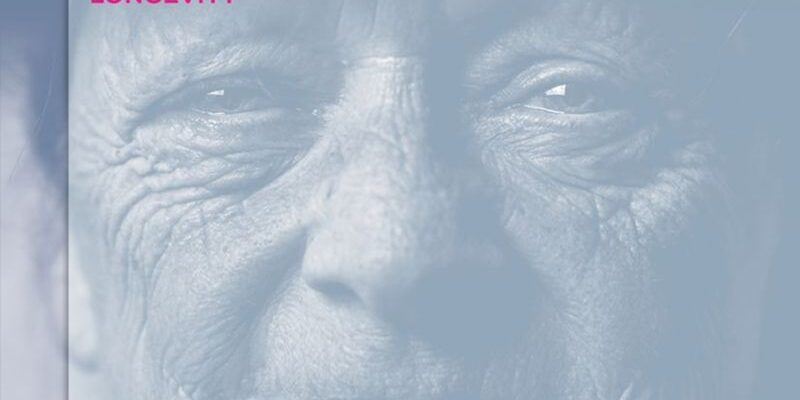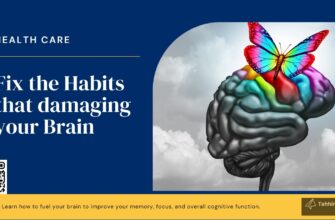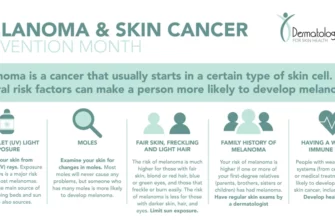A recent Russian official`s claim of regions boasting 120-year-olds sparks a debate, revealing the complexities and controversies surrounding extreme human lifespan.
In a world constantly striving for longer, healthier lives, the recent declaration by Russian Vice-Premier Tatyana Golikova came as both a beacon of hope and a trigger for widespread skepticism. Golikova optimistically announced that some regions in Russia are already home to individuals living to the astonishing age of 120 years, an achievement she described as “fantastic, yet achievable.” However, this buoyant pronouncement was met with a stark dose of reality from medical experts, who quickly labeled such figures as, quite simply, fantasy.
- The “Fantasy” of Extreme Longevity
- Historical Roots of Exaggerated Ages
- Global Longevity: A Closer Look
- Redefining “Old Age”: WHO Standards and True Centenarians
- The Jeanne Calment Conundrum: A Record Under Scrutiny
- Beyond the Numbers: What *Really* Extended Life Expectancy?
- The Scientific Frontier: Bio-Gerontology and the Battle Against Aging
- The Societal Price of Longevity: Demographic Shifts and Economic Strain
- Quality of Life vs. Quantity: The Dilemma of Extreme Old Age
The “Fantasy” of Extreme Longevity
Valery Novoselov, a leading geriatrist and director of the Scientific and Medical Gerontology Center, minced no words in his assessment. “Such statements are optimistic, but they correspond to reality by 0%,” he stated unequivocally. According to Novoselov, neither Russia nor the Soviet Union before it has ever reliably documented a person reaching 120 years of age. He argues that without significant breakthroughs in gerontology, achieving such a milestone would be akin to Yuri Gagarin`s pioneering flight into space—a feat of monumental scientific endeavor, not an existing demographic trend.
Historical Roots of Exaggerated Ages
The notion of super-centenarians, especially from regions with a tradition of reverence for elders, is not new. Novoselov pointed to historical examples like Seradi Muslimov from the Caucasus, whose age was purported to be 168 years, and more recent claims such as Kokku Istambulova of Chechnya, said to be 129. While these figures often come with official documents and even public celebrations, the geriatrist attributes them to widespread poor record-keeping and deeply ingrained cultural practices.
“Remember the film `Formula of Love` where Count Cagliostro claimed to be born 2125 years ago in Mesopotamia?” Novoselov recounted with a hint of irony. “The doctor responded skeptically, noting that scribes in their district would sometimes use only one digit for birth years to save ink. This, it seems, is from the same series.”
In many Caucasian republics, the tradition of overstating age was common. Births were often registered late, if at all, and a higher age conferred greater respect and social standing. This cultural phenomenon, coupled with lost or reissued documents and shifting borders, created a fertile ground for “longevity legends” that, under scrutiny, often fell apart. For instance, some alleged centenarians were recorded as marrying in their sixties and having children in their seventies, a chronological anomaly that raises immediate red flags.
Global Longevity: A Closer Look
This issue isn`t unique to Russia. Novoselov cited international examples of age discrepancies:
- Japan: In 2010, after officially identifying 15,000 centenarians, it was later discovered that many had been deceased for years.
- USA: During the Trump administration, social security databases revealed “immortals” listed with ages like 250 or 300 years, highlighting system errors.
- Bulgaria: Once famed for its numerous centenarians, a rigorous verification process in the 1920s drastically reduced the number of verifiable individuals over 100 from thousands to less than 160.
- Switzerland: A similar check in 1920 saw 160 alleged centenarians reduced to a mere three verified cases.
Novoselov criticized the current systems for verifying extreme longevity, including organizations like the Gerontology Research Group, which he described as “a circle of American enthusiasts” relying solely on documents that may be unreliable. He stressed that without genuine, expert-led verification, 80% of claims for individuals over 110 years old remain unconfirmed, often lacking original birth certificates.
Redefining “Old Age”: WHO Standards and True Centenarians
To put things into perspective, the World Health Organization (WHO) classifies individuals aged 75 to 89 as “elderly.” Those 90 and above are considered “long-livers,” while 100-year-olds are “centenarians,” and those over 110 are “supercentenarians.” Such individuals are exceptionally rare, and even their records can be controversial.
The Jeanne Calment Conundrum: A Record Under Scrutiny
The Frenchwoman Jeanne Calment, officially credited with living 122 years, remains the longest-living person in recorded history. Yet, her record is not without its detractors. Novoselov noted the persistent skepticism, fueled by arguments that her daughter may have impersonated her, and Calment`s destruction of personal archives. While these remain suspicions, they underscore the difficulties in verifying extreme lifespans decades or even centuries after the fact.
Beyond the Numbers: What *Really* Extended Life Expectancy?
While the maximum human lifespan might not have drastically increased, average life expectancy has undeniably soared. From an average of 31-32 years in 1900 to nearly 73 today, this improvement isn`t due to people living longer *overall*, but rather fewer people dying young. In the 19th century, massive infant and child mortality rates skewed averages downwards. If 55 out of 100 children died before age five, as was the case in some Russian provinces, the average life expectancy would naturally be low, even if some adults lived into their 70s or 80s, like Pushkin`s friend Vyazemsky (86) or Leo Tolstoy (82).
Modern advancements in hygiene, medicine, and nutrition have drastically reduced infant mortality and cured diseases like malaria, which once plagued populations. The causes of death have shifted from infectious diseases to chronic conditions like cardiovascular ailments and oncology, reflecting a population that lives long enough to develop them.
The Scientific Frontier: Bio-Gerontology and the Battle Against Aging
True longevity, Novoselov argues, lies in investing in bio-gerontology. Scientists now understand at least 12 fundamental mechanisms of aging, including genomic instability, telomere shortening, epigenetic alterations, loss of proteostasis, mitochondrial dysfunction, accumulation of senescent cells, stem cell exhaustion, and chronic inflammation. “These processes influence life expectancy, but humanity has not yet learned how to halt them or turn back time,” he explained. This requires “gigantic resources” and governmental support to develop “geroprotectors”—substances that can combat these mechanisms.
He lamented the current state of affairs, which he describes as “more show and circus, with unsubstantiated promises of living to 120 years,” rather than serious scientific investment.
The Societal Price of Longevity: Demographic Shifts and Economic Strain
Beyond the scientific challenge, there`s a profound societal one: global aging. The UN projects that by 2050, the proportion of the elderly worldwide will reach 22%. This means more people are living longer, but not necessarily healthier, lives, placing immense strain on pension systems and healthcare. Japan, for instance, is projected to have 40 million people over 65 out of a total population of 80 million by the end of the 21st century. “I cannot imagine how their economy will cope with such a large number of elderly people. Who will work?” Novoselov pondered.
The WHO now considers “youth” to extend up to 44 years of age, reflecting a global trend of an aging workforce across all sectors. While people are working longer, this also raises concerns about an increased risk of industrial accidents as older workers manage potentially dangerous equipment with age-related declines in sensory and cognitive functions.
Quality of Life vs. Quantity: The Dilemma of Extreme Old Age
Ultimately, the conversation must shift from merely extending life to enhancing its quality. Novoselov grimly notes that individuals who cross the 100-year mark often suffer from profound helplessness, dementia, and immobility, requiring constant care. Without significant state-funded investment in scientific research, the promise of a 120-year lifespan under current conditions is not one of vibrant longevity, but often of prolonged infirmity.
The path to genuinely extended, healthy human life is not paved with optimistic pronouncements but with rigorous scientific inquiry, substantial investment in bio-gerontology, and a collaborative effort between biologists, doctors, chemists, and physicists. Until then, the dream of 120 years remains a tantalizing, yet distant, scientific frontier.





